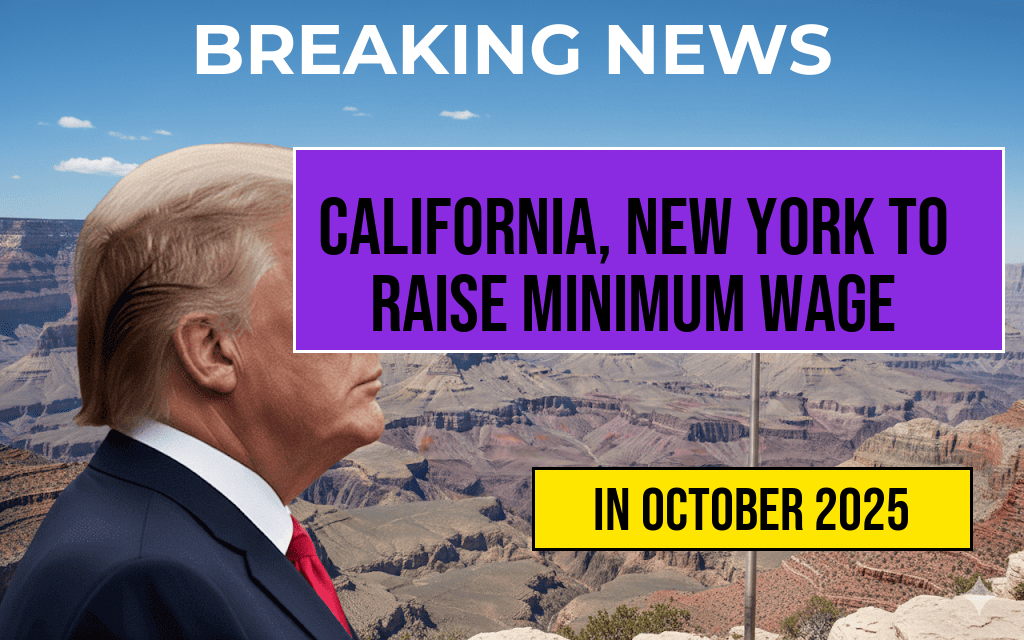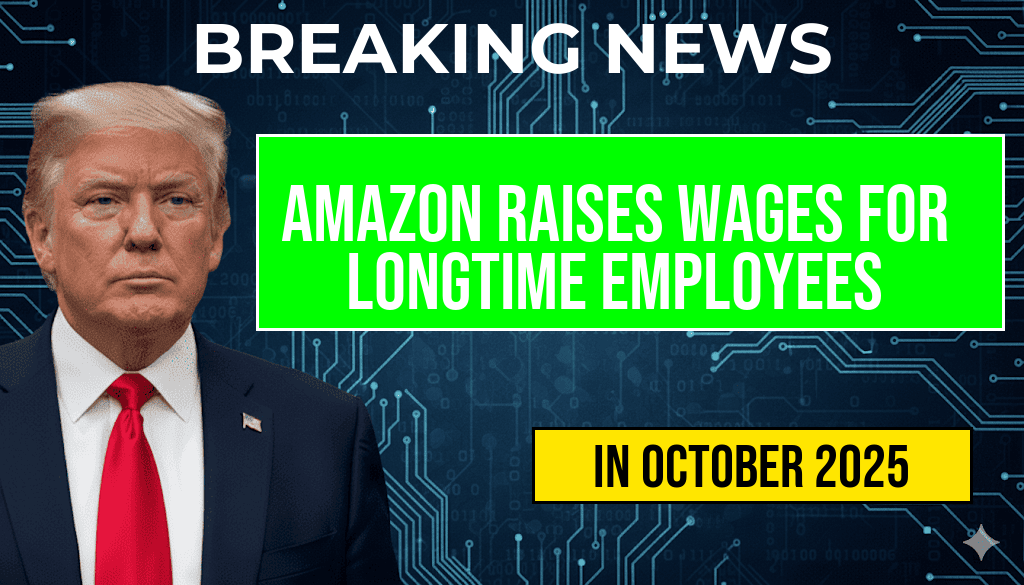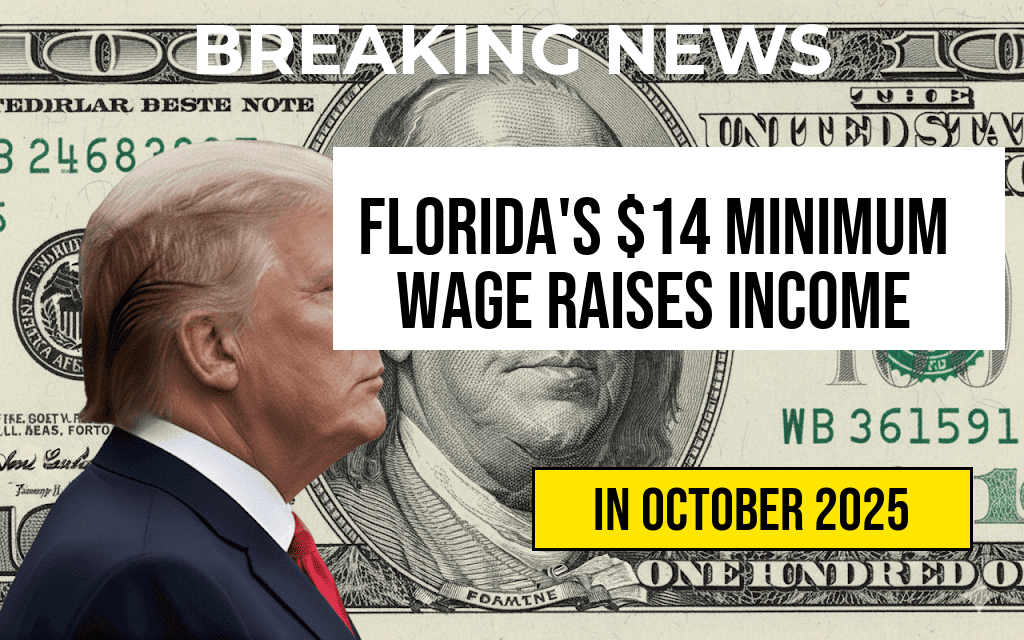The proposal to increase the federal minimum wage to $1 per hour has ignited a complex debate among business owners, economists, and policymakers. While advocates argue that a wage boost could lift millions of workers out of poverty and stimulate economic growth, critics warn that such a significant increase could force small businesses—particularly those operating on thin margins—to resort to layoffs or automation to stay afloat. The tension between raising wages and maintaining employment levels underscores broader questions about the future of work amid rapid technological advancements and economic pressures.
The Economic Context of a $1 Wage Increase
The push for a substantial increase in the minimum wage is rooted in concerns over income inequality and the stagnation of wages for low-income workers. Supporters contend that raising wages can reduce poverty and decrease reliance on social welfare programs. However, opponents point out that small businesses, which constitute a vital part of the U.S. economy—accounting for about 44% of economic activity according to the Wikipedia entry on small businesses in the U.S.—may face significant challenges adapting to such changes without resorting to layoffs or automation.
Impact on Small Business Operations
Small businesses often operate with limited financial buffers, making them particularly vulnerable to wage hikes. An increase of $1 per hour, though seemingly modest, can significantly impact payroll expenses for restaurants, retail outlets, and service providers. For example, a small retail store with 10 employees working 30 hours a week could see an increase of approximately $300 weekly in labor costs—adding up to over $15,000 annually.
Many small business owners express concern that these additional costs could lead to reduced staffing levels or cutbacks in hours, potentially hampering customer service and sales. In some cases, businesses might be compelled to pass costs onto consumers, risking decreased competitiveness in price-sensitive markets.
The Automation Dilemma
Beyond layoffs, the threat of automation looms large for small businesses facing increased labor costs. Technologies such as self-checkout kiosks, automated inventory management, and AI-driven customer service are becoming more affordable and accessible. The prospect of replacing human workers with machines is increasingly attractive to small business owners seeking to maintain profit margins.
| Automation Technology | Primary Function | Estimated Cost (initial) |
|---|---|---|
| Self-Checkout Kiosks | Customer payments and checkout processes | $5,000 – $20,000 |
| Inventory Management Systems | Stock tracking and ordering | $1,000 – $10,000 |
| AI Chatbots | Customer service and inquiries | $500 – $5,000/month |
While the upfront investment may be substantial, the long-term savings on wages and increased efficiency can be compelling—especially when labor costs are expected to rise.
Economic and Social Implications
Employment Effects and Wage Policies
Research on the effects of minimum wage increases offers mixed results. Some studies suggest modest employment reductions in certain sectors, particularly among low-skilled or entry-level positions. However, other research indicates that moderate increases can boost worker productivity and reduce turnover, ultimately benefiting businesses. The key concern with a $1 increase is whether it pushes some small businesses beyond their operational thresholds, leading to layoffs or reduced hiring.
Broader Labor Market Trends
The potential shift toward automation is not solely driven by wage hikes but also by technological advancements and evolving consumer expectations. Businesses increasingly consider automation as a strategic response to the dual pressures of rising wages and competitive markets. According to the Forbes article on automation and small business, automation can enable small enterprises to scale operations without proportional increases in staffing, but it also raises concerns about job displacement.
Balancing Wage Growth and Business Sustainability
Policymakers face the challenge of designing wage policies that support workers without disproportionately burdening small businesses. Some experts advocate for phased increases or targeted support programs, such as tax credits or grants, to help small businesses adopt automation technologies or offset labor costs temporarily.
Moreover, regional disparities must be considered, as a uniform wage increase could have varying impacts depending on local economic conditions. Urban areas with higher living costs might absorb such hikes more readily than rural communities, where small businesses often operate on tighter margins.
Stakeholder Perspectives
- Small Business Owners: Express concern about increased operational costs and potential layoffs, emphasizing the need for supportive measures to adapt to wage changes.
- Workers and Labor Advocates: Argue that higher wages are essential for economic justice and reducing poverty, advocating for swift implementation.
- Economists: Call for careful analysis of wage impacts, emphasizing that the context and implementation method significantly influence outcomes.
As debates continue, the trajectory of minimum wage policies will likely shape employment patterns and technological adoption in small businesses across the country. Striking a balance between fair wages and economic viability remains a delicate task, especially as automation technologies become increasingly embedded in daily operations.
Frequently Asked Questions
Question
How might a one-dollar wage increase impact small businesses financially?
Question
Could the automation of tasks become a more attractive option for small businesses facing higher wages?
Question
What are the potential employment consequences if small businesses are forced to lay off employees due to increased wages?
Question
Are there alternative strategies small businesses can adopt to cope with the wage increase without resorting to layoffs?
Question
How might government policies or support programs help small businesses manage the impacts of a wage hike?








